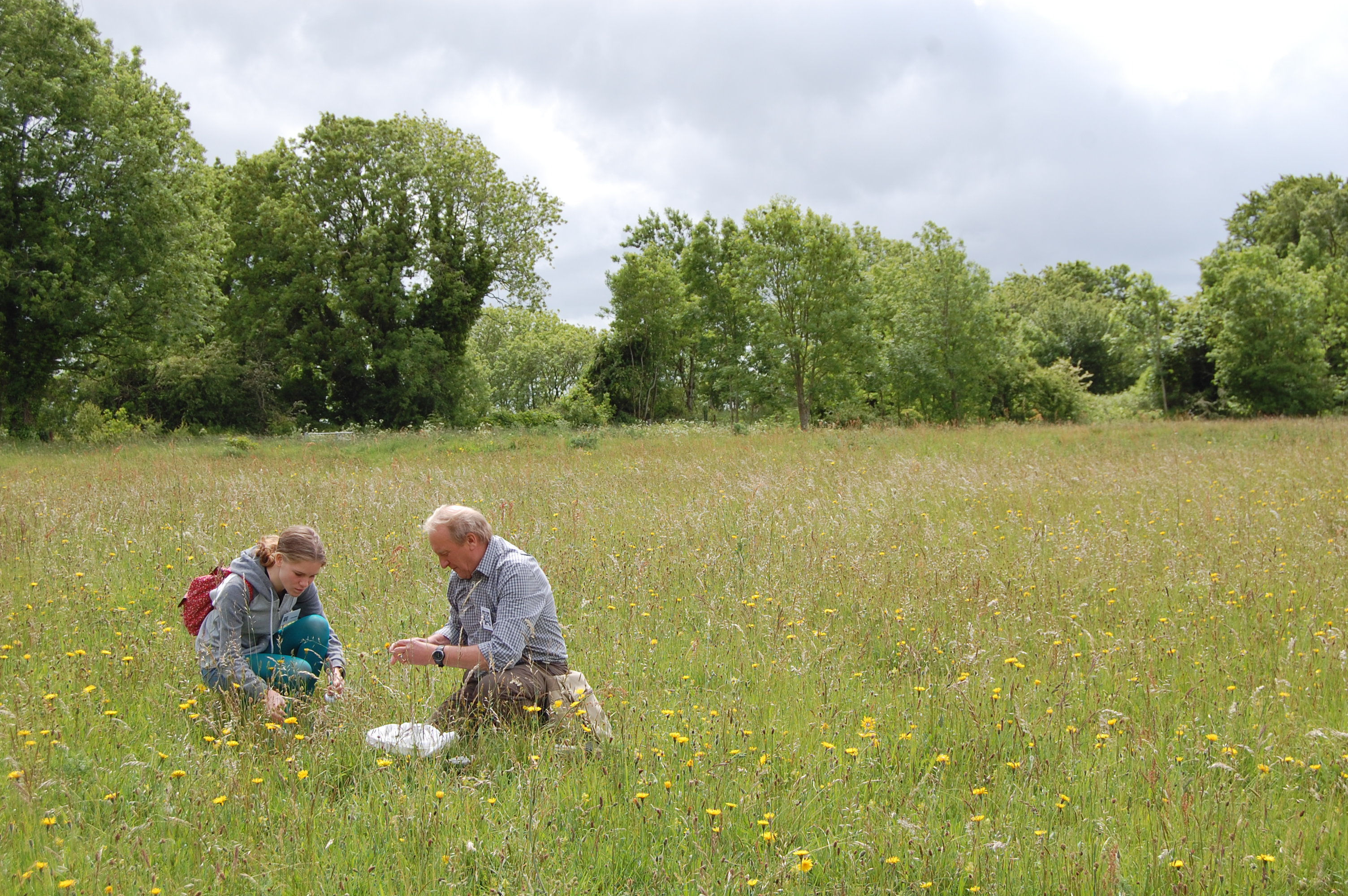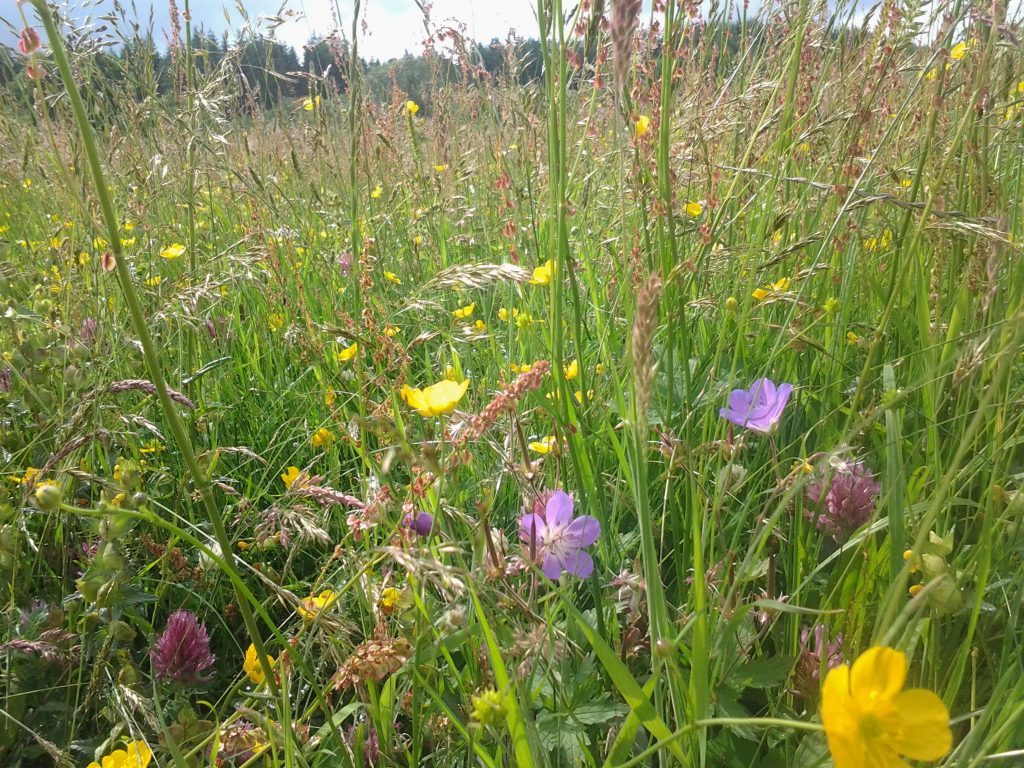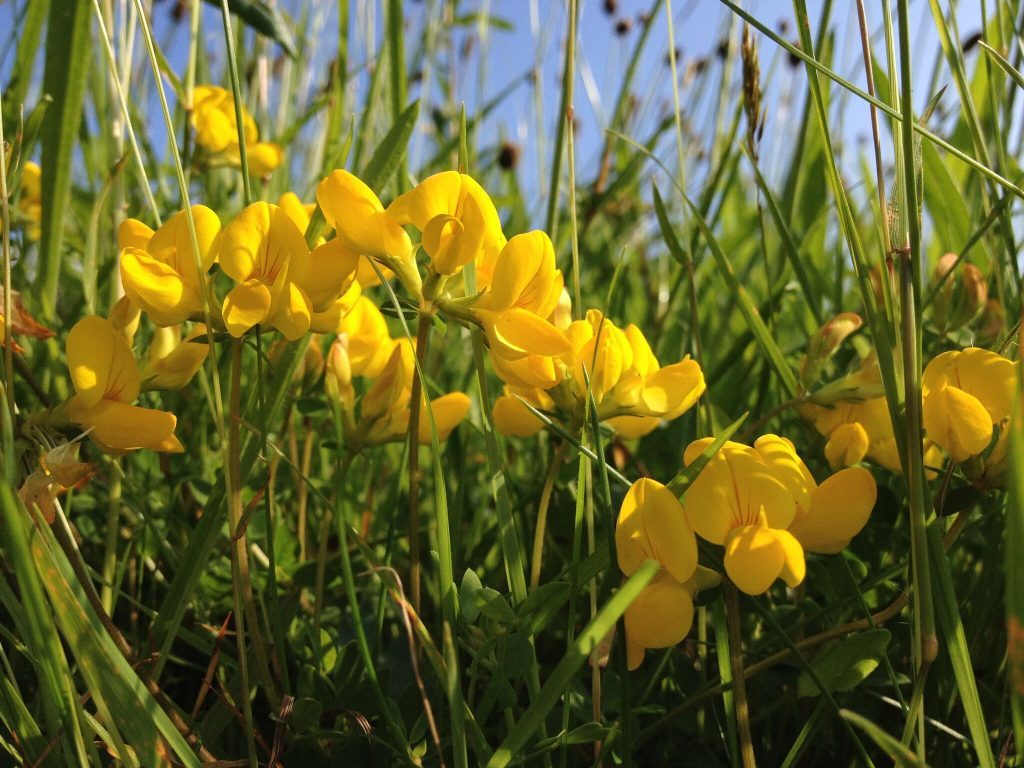
ALMOST 2,000 roads in Britain contain the word “meadow” or its Welsh equivalent “dol” – but the flower-rich fields they were named after are vanishing, experts warn.
Meadows have an important place in the country’s social history – with frequent place names referring to their size, such as Long Meadow, their owners or people associated with them, or wildlife, such as Badger Meadows, a study has found.
But most people living on Meadow View cannot see one, even with binoculars, according to wildlife charity Plantlife, which conducted the research.
It labelled the loss of 97% of Britain’s meadows since the 1930s, with an area one and a half times the size of Wales lost mostly to changes in farming, as one of the biggest tragedies in the history of UK nature conservation.
Urgent action is needed to save vanishing meadows, their wildflowers such as ragged robin, harebell and field scabious which are heading towards being threatened in England, and the wildlife they support, Plantlife said.
The earliest evidence of haymaking in Britain comes from second century Gloucestershire, but the sight of a summer meadow in bloom could be lost to future generations without steps to protect them, the charity said.
The call comes ahead of National Meadows Day on Saturday, with more than 115 events across the UK, in which people can learn to scythe a meadow like Ross Poldark, spot orchids, take part in a teddy bears picnic or make a scarecrow.
The events are part of a “Save Our Magnificent Meadows” partnership project funded primarily by the Heritage Lottery Fund, which will see 6,000 hectares (15,000 acres) of wildflower meadows created and restored across the UK.
Dr Trevor Dines, Plantlife botanical specialist, said: “The sheer number of street names relating to meadows speaks of a time when the meadow was the beating heart of the community, providing grazing and hay for livestock as well as employment and food.
“Sadly, the lion’s share of people living on modern-day Meadow Views can’t view a meadow, even with binoculars.”
And he said: “The steady, quiet and under-reported decline of our meadows is one of the biggest tragedies in the history of UK nature conservation; if over 97% of our woodland had been destroyed there’d be a national outcry.
“Without the roar of chainsaws or the sound of mighty oaks crashing to the ground, meadows with undisturbed floral histories going back generations are being ploughed up in a single afternoon.”
But he said the tide could be turned.
Dr Dines urged the Government to ensure, as the UK leaves the European Union, that remaining meadows are properly protected in the same way as ancient woodlands, and farmers are given more support to manage traditional meadows.

Enjoy the convenience of having The Sunday Post delivered as a digital ePaper straight to your smartphone, tablet or computer.
Subscribe for only £5.49 a month and enjoy all the benefits of the printed paper as a digital replica.
Subscribe
